수면에 비친 그림자를 그리는 다양한 방법이 있을텐데
Brienne Brown이란 미국화가가 쓴 글을 옮긴다..
( 구글 번역, 원문은 맨 뒤에 )

Brienne Brown은 “펜실베니아 중부에 살면서 잔잔하게 졸졸 흐르는 호수와
강에 익숙합니다.”라고 말합니다. “하지만 균형을 유지하기 위해 육지, 보트,
나무와 같은 더 복잡한 주변 모양에 비해 물을 단순하게 유지하는 경향이 있기
때문에 내 구성의 주요 초점은 아닙니다.
“수역이 크면 표면의 색상과 가치에 약간의 그라데이션이 있습니다.
하늘 상태와 물의 깊이에 따라 전경과 배경을 기준으로 밝은 색에서 어두운
색으로 또는 어두운 색에서 밝은 색으로 바뀔 수 있는데, 이는 수채화로 쉽게
만들 수 있는 그라데이션입니다. 젖은 상태에서 젖은 상태로 작업하면
부드러운 잔물결 모양에 기여하는 부드러운 가장자리가 만들어집니다.

“일반적으로 저는 물의 질감이 너무 높은 것을 좋아하지 않습니다.
물에 부드러운 반사를 만들기 위해 젖은 상태에서 젖은 상태로 아래쪽으로
스트로크를 적용하여 페인트를 적용합니다. 그림이 마른 후 젖은 깨끗한 브러시를
사용하여 반사 모양을 통해 몇 개의 수평 스트로크를 들어 올립니다.
단단한 반사를 칠하려면 첫 번째 세탁물을 건조시킨 다음 수평 스트로크를
사용하여 반사를 칠합니다. 반사되는 물체에 가까울수록 반사를 더욱 견고하게 만들고,
물체에서 멀어질수록 반사를 더 많이 깨뜨립니다.
그런 다음 깨끗하고 축축한 브러시로 가장자리 일부를 부드럽게 만듭니다.”
대기가 너무 습하거나 너무 건조할 때 대처 방법

“수채화 작가가 야외에서 직면하는 주요 과제는 부드러운 가장자리를
만들 수 있을 만큼 오랫동안 종이를 젖은 상태로 유지하는 것입니다.”라고
Brown은 말합니다. “습한 날이면 오랫동안 멋지고 부드러운 가장자리를
얻을 수 있지만 때로는 그림이 충분히 건조되지 않아 마무리되지 않을 때도
있습니다. 그런 경우에는 차에 올라 히터를 최대로 켜서 그림을 말립니다.
건조한 날이면 물병을 사용하여 종이를 촉촉하게 유지합니다.
또한 그림을 그리기 전에 종이를 미리 적셔서 더 오랫동안 축축한 상태를
유지할 수 있습니다.”
화가의 홈페이지에서 그녀의 그림 몇 점 캡쳐

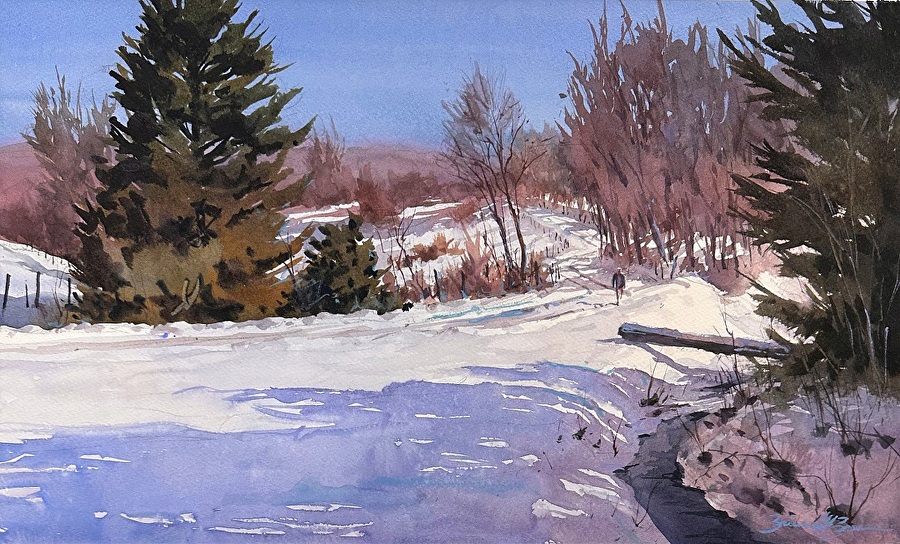
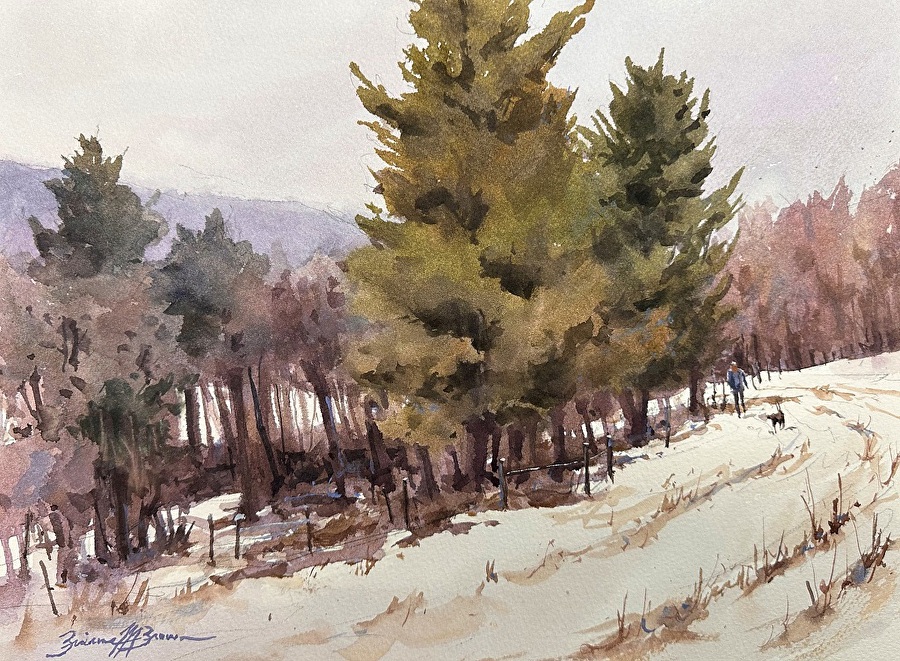
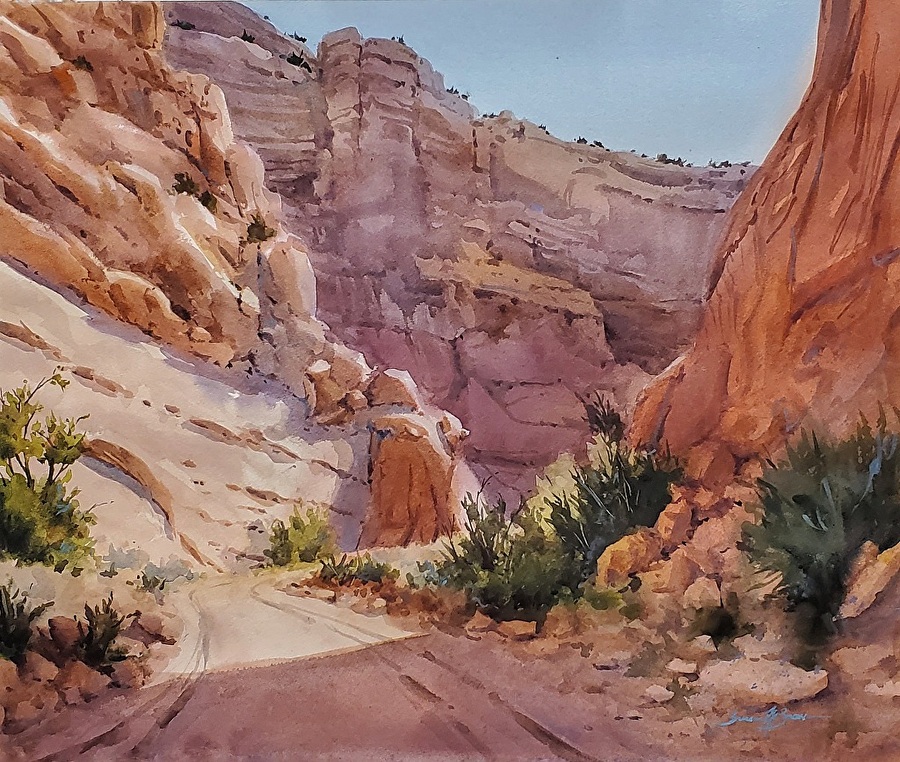
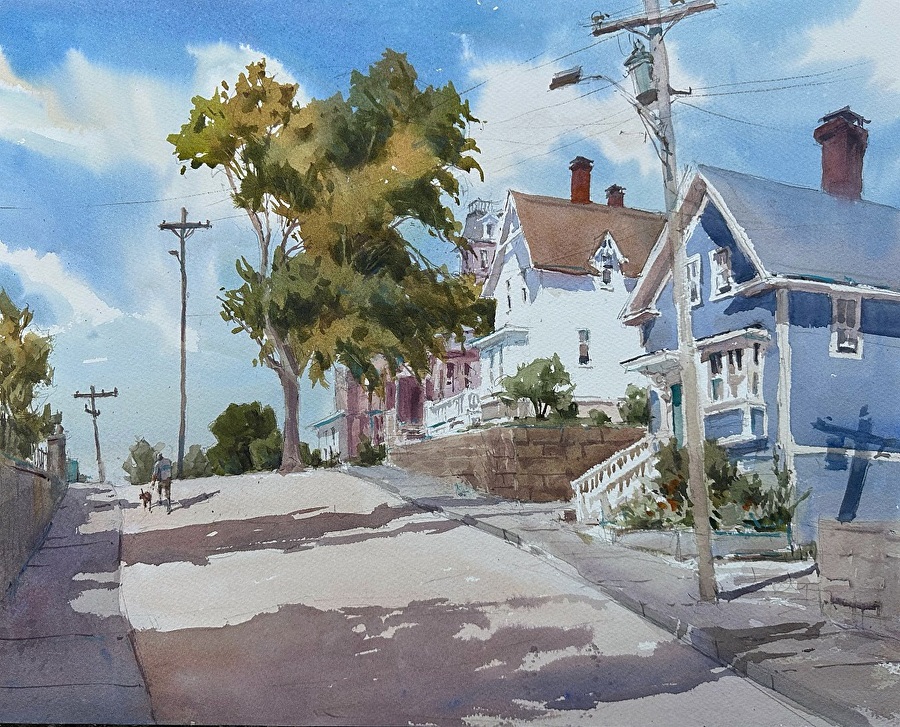



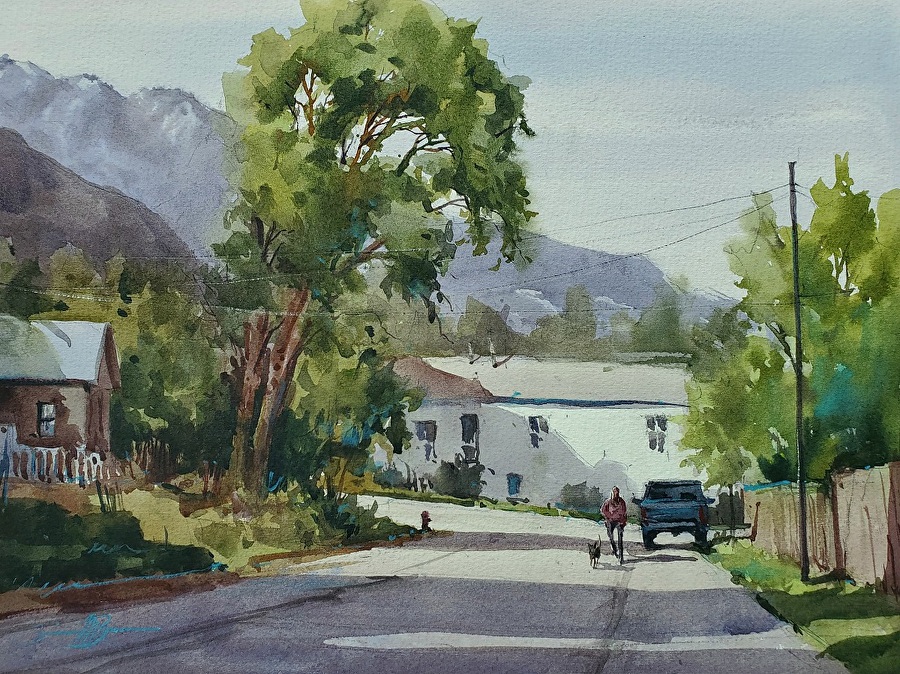

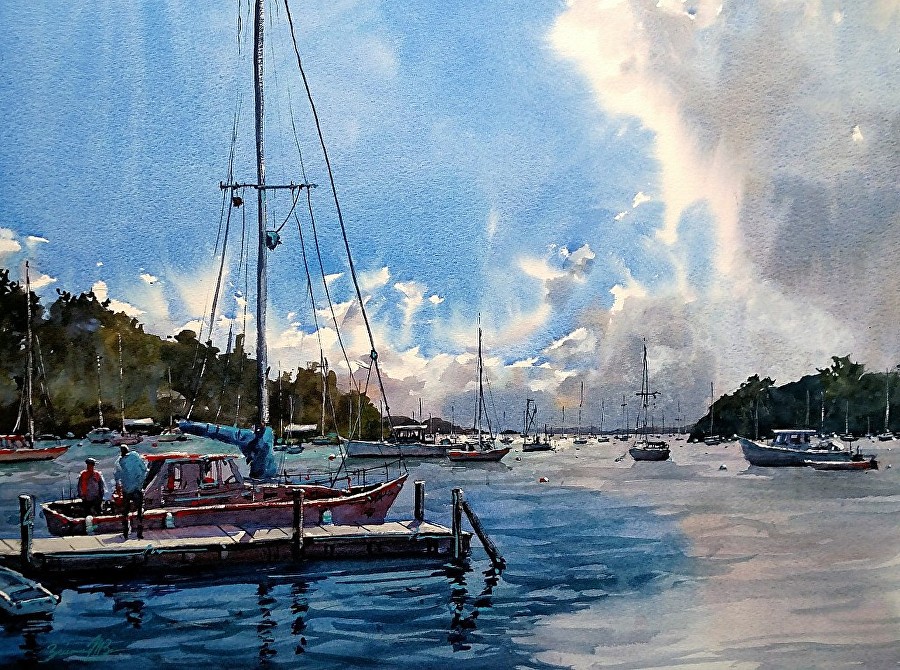
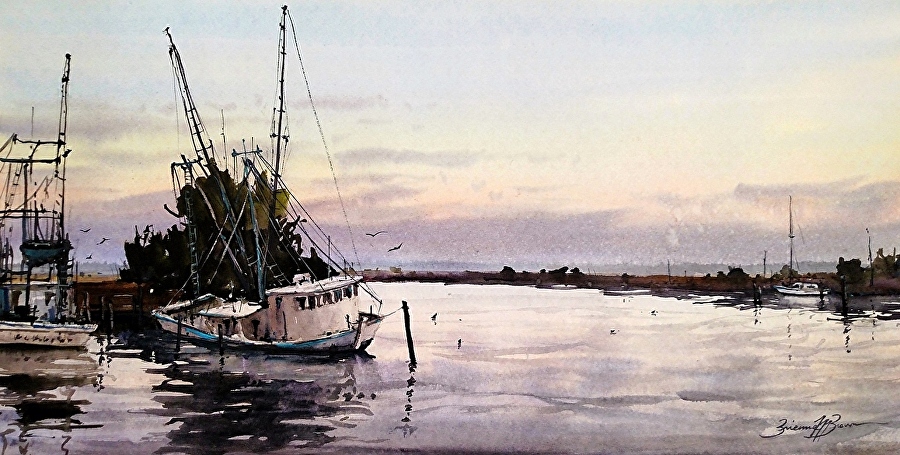






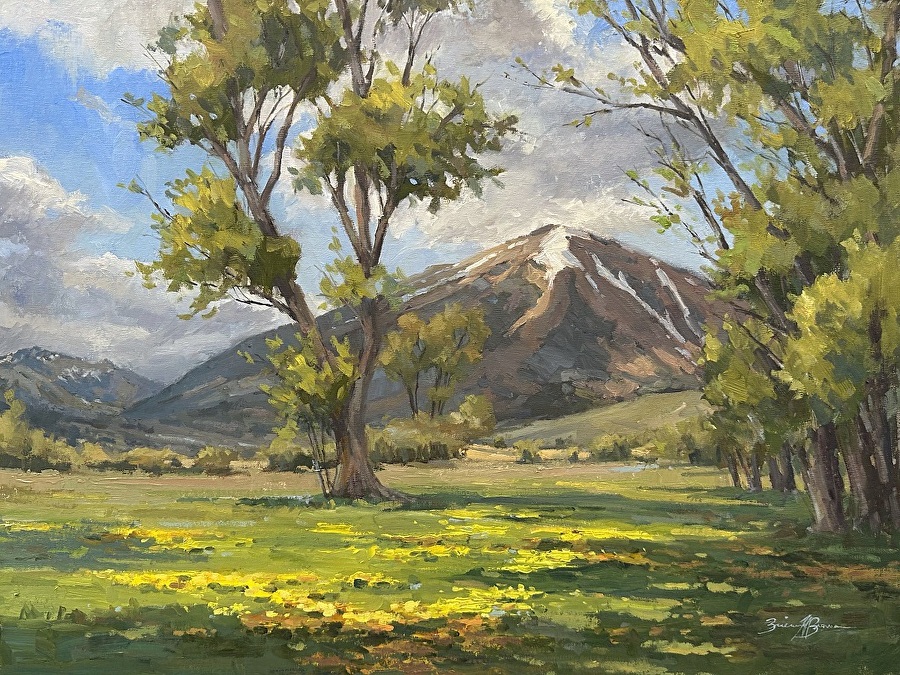
“Living in central Pennsylvania, I’m accustomed to still or softly rippling lakes and rivers,” says Brienne Brown. “They’re rarely the main focus of my compositions, however, as I tend to keep the water simple compared to more complex surrounding shapes, such as land, boats, and trees, in order to maintain balance.
“With large bodies of water there’s a slight gradation in color and value on the surface. Depending on the sky conditions and the depth of the water, they can go from light to dark or dark to light with respect to the foreground and background, an easy gradation to make with watercolor. Working wet-into-wet creates the soft edges that contribute to the look of gentle ripples.
“In general, I don’t like the water to become too highly textured. To create soft reflections in the water, I apply paint wet-into-wet with downward strokes. After the painting is dry, I lift a few horizontal strokes through the reflection shape using a damp, clean brush. To paint hard reflections, I let the first wash dry then paint the reflections using horizontal strokes. I’ll make the reflection more solid the closer it is to the object being reflected, and break it up more the further it gets from the object. I then soften some of the edges with a clean, damp brush.”
WHAT TO DO WHEN THE ATMOSPHERE IS TOO HUMID OR TOO DRY
“The main challenge a watercolor artist faces en plein air is keeping the paper wet enough for long enough to create those soft edges,” says Brown. “If it’s a humid day, you can get wonderful soft edges for a long time, but sometimes the painting won’t dry enough to finish. In those cases, I get into my car and turn on the heater full blast to dry the painting. If it’s a dry day, I use my squirt bottle to keep the paper moist. I also pre-wet my paper before painting so it can remain damp for longer.”
'그림공부' 카테고리의 다른 글
| ( 그림 공부 ) Reflections on Painting Water (0) | 2024.08.08 |
|---|---|
| ( 그림공부) 그림자를 제대로 표현하기 (0) | 2024.08.02 |
| ( 그림공부 ) 15 Ideas for a Painting (3) | 2024.06.22 |
| ( 그림공부 ) 천연모와 인조모 붓의 비교 (3) | 2024.06.19 |
| ( 그림공부 ) How to Keep Your Watercolors Fresh and Loose (0) | 2024.06.07 |




